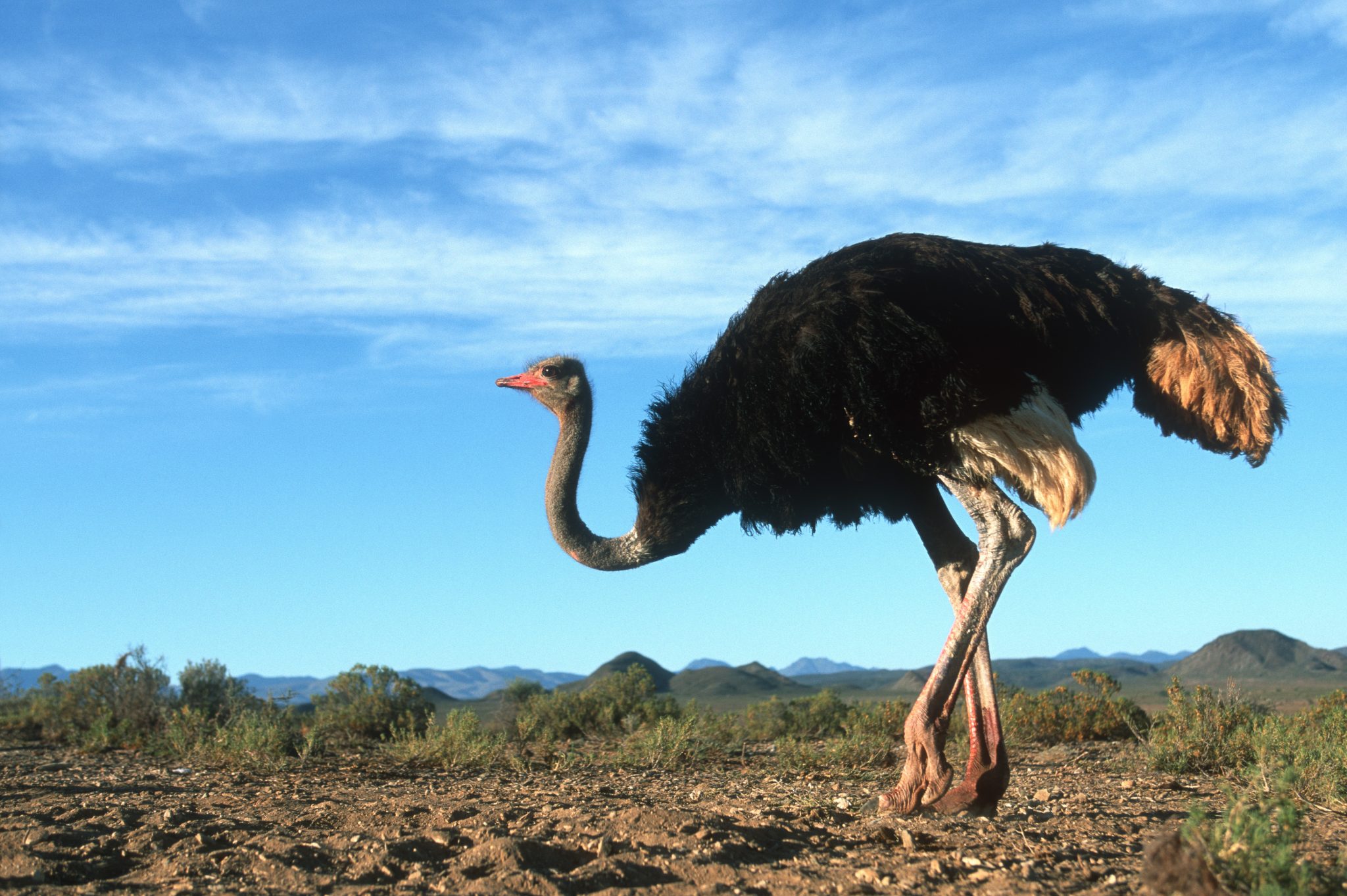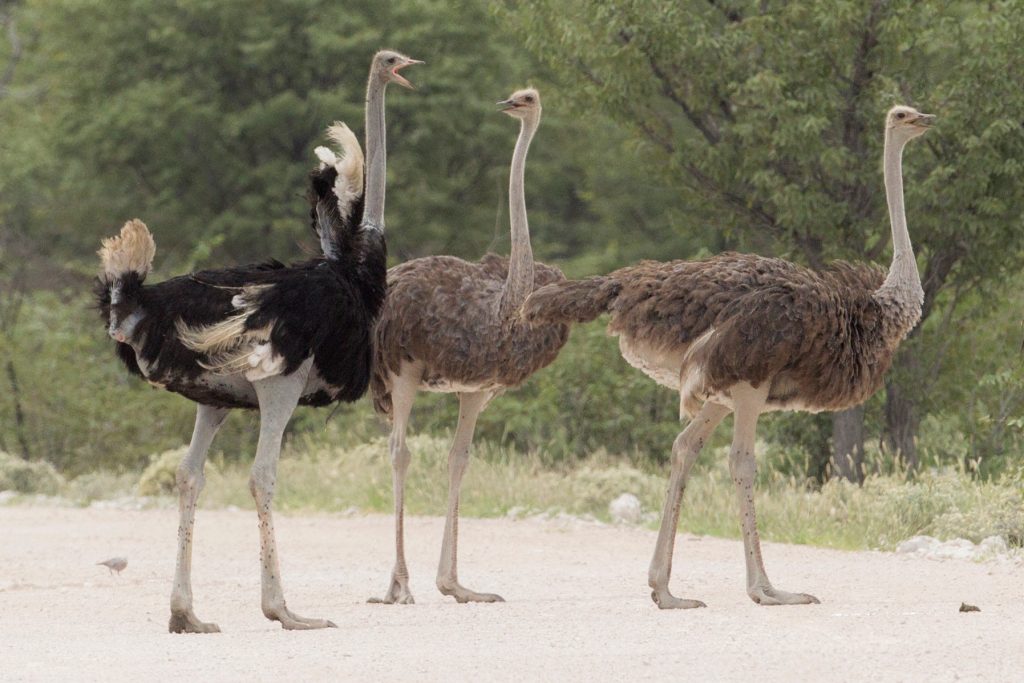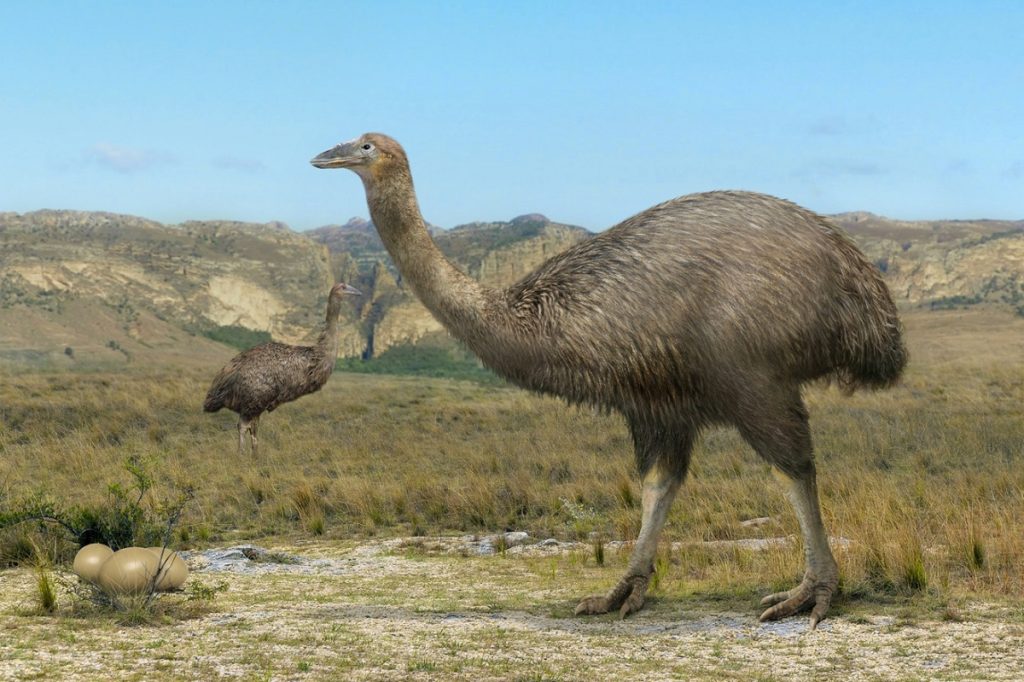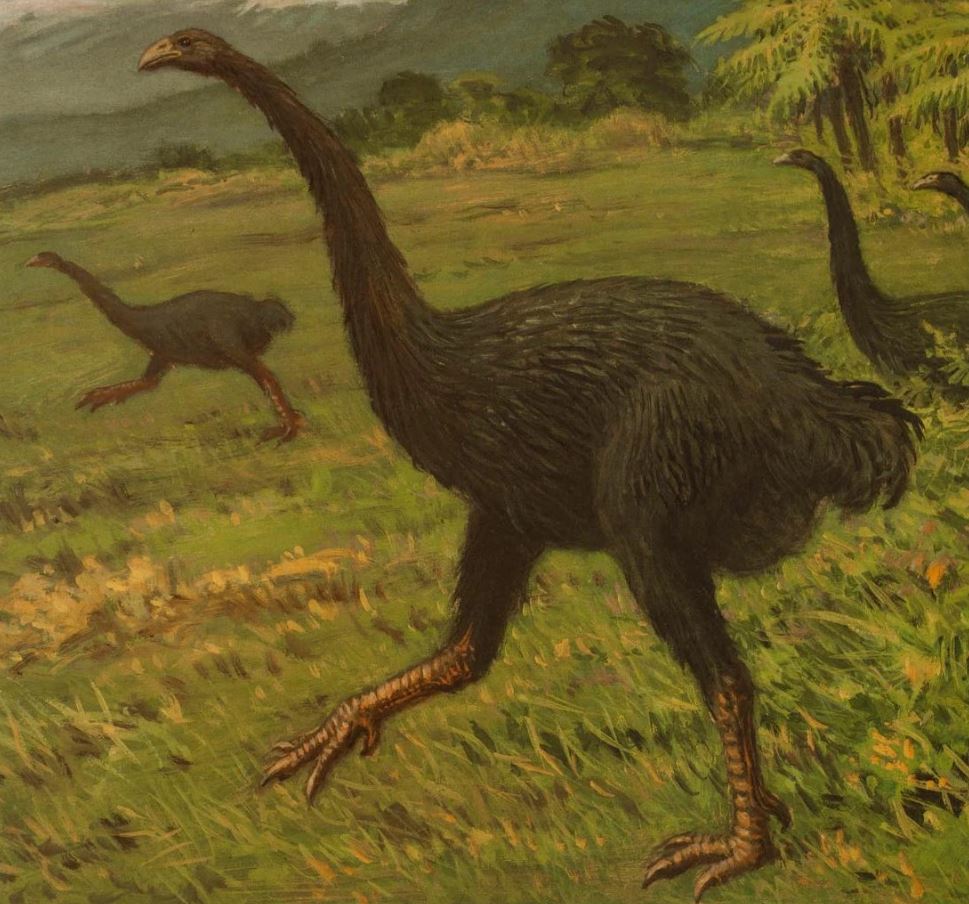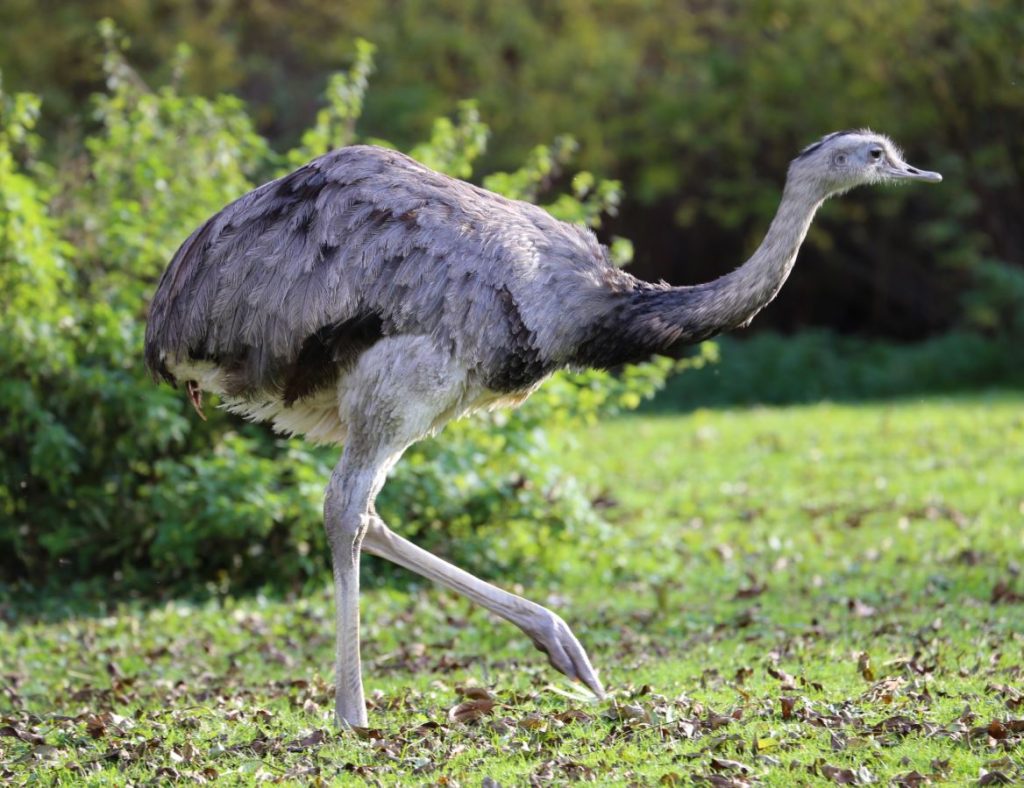The Biggest Bird in the World: A Deep Dive into Avian Giants
When people ask me about the most extraordinary birds I’ve seen in my birdwatching journey, I often think not of the flashiest or most colorful—but of the biggest bird in the world. Size has its own majesty in the avian realm, and no other bird commands attention quite like the ostrich.
In this article, we’ll explore the largest living bird on Earth—the ostrich—and compare it with some other avian giants, both living and extinct. We’ll cover their size, anatomy, behavior, habitat, and the surprising role they play in ecosystems. And yes, we’ll bust a few myths along the way.
What Is the Biggest Bird in the World?
The title of “biggest bird in the world” goes unequivocally to the common ostrich (Struthio camelus). Native to Africa, the ostrich is not only the tallest but also the heaviest bird alive today.
Quick Facts About the Ostrich:
- Height: Up to 9 feet (2.7 meters)
- Weight: Up to 340 pounds (150 kg)
- Wingspan: Up to 6.6 feet (2 meters)—though flightless
- Speed: Can run up to 45 mph (72 km/h)
I still remember the first time I saw an ostrich sprint across the savanna during a trip to South Africa. Despite its size, it moved with the fluid grace of a gazelle—powerful legs propelling it effortlessly across the terrain.
Anatomy of a Giant: Why Ostriches Are So Big
Ostriches are a study in specialized evolution. Their size isn’t just for show—it’s a result of millions of years of adaptation to open, arid landscapes where flight wasn’t as necessary as speed and endurance.
Key Features of the Ostrich:
- Long legs with two toes: Perfect for running and striking predators.
- Large eyes (about 2 inches wide): Among the largest of any land animal, providing exceptional vision.
- Reduced wings: Though flightless, ostriches use their wings for balance and mating displays.
- Strong immune system: Helps them survive in harsh environments with a wide range of parasites and bacteria.
According to a study published in The Auk, ostriches evolved to their modern size around 20–30 million years ago during the Miocene, when grassland habitats began to dominate much of Africa.
Why Don’t Ostriches Fly?
A common misconception I hear from novice birders is: “If they’re birds, why don’t they fly?” The answer lies in evolutionary trade-offs.
To support flight, birds need lightweight skeletons and powerful pectoral muscles. But ostriches went the opposite route. Their niche favored running over flying, leading to:
- Robust, dense bones
- Small breast muscles relative to body size
- Vestigial wings
Flight simply wasn’t worth the metabolic cost when running could ensure both escape and survival.
The Ostrich’s Global Cousins: Other Large Birds Worth Mentioning
While the ostrich reigns supreme in terms of size, it’s not alone in the heavyweight division. Here are some close contenders:
1. Emu (Dromaius novaehollandiae)
- Height: Up to 6.2 feet (1.9 meters)
- Weight: Around 100–130 pounds (45–60 kg)
- Native to Australia, the emu is the second-largest living bird. Unlike ostriches, they have three toes and are excellent swimmers.
2. Southern Cassowary (Casuarius casuarius)
- Height: 5.9 feet (1.8 meters)
- Weight: Up to 130 pounds (59 kg)
- Found in New Guinea and northern Australia, cassowaries are known for their vibrant blue skin and helmet-like casque. Beware—these birds are aggressive and can inflict serious injury.
3. Greater Rhea (Rhea americana)
- Height: Around 5.6 feet (1.7 meters)
- Weight: Up to 88 pounds (40 kg)
- Native to South America, rheas resemble ostriches but are smaller and more social.
The Biggest Bird That Ever Lived: Extinct Avian Giants
While the ostrich is the largest living bird, it pales in comparison to some extinct species.
1. Elephant Bird (Aepyornis maximus) – Madagascar
- Height: Over 10 feet (3 meters)
- Weight: Estimated up to 1,600 pounds (730 kg)
- Likely extinct by 1000 AD. Their eggs were 160 times the size of a chicken egg!
According to fossil records reviewed in the journal Science Advances, elephant birds were likely driven to extinction by human activity, particularly egg harvesting.
2. Moa (Dinornithiformes) – New Zealand
- Height: Up to 12 feet (3.6 meters) when neck extended
- Weight: Up to 510 pounds (230 kg)
- Driven to extinction by Polynesian settlers around 1400 AD.
These birds were slow, herbivorous, and had no natural predators until humans arrived.
The Ostrich’s Role in Ecosystems
You might think of ostriches as solitary giants roaming the plains, but they actually play an important role in African savanna ecosystems:
- Seed dispersal: Their diet includes fruits and seeds, which they spread through droppings.
- Predator alert system: With their incredible eyesight, ostriches can spot predators from afar, sometimes giving early warning to other animals like zebras and antelopes.
- Ecosystem engineer: Their movements create trails, open spaces, and dust baths that benefit other species.
Where Do Ostriches Live?
Ostriches are native to Sub-Saharan Africa, thriving in:
- Savannas
- Deserts
- Open woodlands
They are most abundant in countries like South Africa, Namibia, Botswana, Kenya, and Ethiopia.
Interestingly, ostriches were once found in the Middle East and even parts of Asia. The now-extinct Arabian ostrich (Struthio camelus syriacus) was hunted into extinction by the mid-20th century.
Today, ostrich farms exist around the world—from the U.S. to China—for meat, leather, and eggs.
Ostrich Behavior: Mating, Parenting, and Social Life
Ostriches live in harems, usually consisting of one dominant male and several females. The mating season brings elaborate courtship displays—males puff up their feathers, spread their wings, and boom low-pitched calls to impress females.
Nesting and Parental Care:
- Ostriches lay their eggs in communal nests, sometimes with up to 60 eggs.
- The dominant female and male both incubate the eggs.
- According to data from National Geographic, ostrich eggs are the largest in the animal kingdom, weighing up to 3 pounds (1.4 kg) each.
Despite their size, ostrich chicks are vulnerable and rely heavily on adult protection during the early months.
Are Ostriches Dangerous?
Surprisingly, yes—they can be. In defense of their young or when threatened, ostriches can deliver powerful kicks with their sharp claws. These kicks can injure or even kill a predator.
While attacks on humans are rare, they do happen, especially when ostriches are cornered or provoked.
Tip from the field: If you ever encounter an angry ostrich, don’t run in a straight line. Zigzag or take cover. They’re fast in bursts but not great at maneuvering.
Ostrich vs. Other Large Birds: A Comparison Table
| Bird | Max Height | Max Weight | Flight Capable | Native Region |
|---|---|---|---|---|
| Ostrich | 9 ft (2.7 m) | 340 lbs (150 kg) | No | Africa |
| Emu | 6.2 ft (1.9 m) | 130 lbs (60 kg) | No | Australia |
| Cassowary | 5.9 ft (1.8 m) | 130 lbs (59 kg) | No | New Guinea/Australia |
| Greater Rhea | 5.6 ft (1.7 m) | 88 lbs (40 kg) | No | South America |
| Elephant Bird† | 10+ ft (3 m) | 1,600 lbs (730 kg) | No | Madagascar (extinct) |
| Moa† | 12 ft (3.6 m) | 510 lbs (230 kg) | No | New Zealand (extinct) |
† = Extinct species
Fascinating Facts About the World’s Biggest Bird
- Ostrich eyes are bigger than their brains.
- They have three stomachs, helping them digest tough plant matter and even small pebbles.
- They don’t bury their heads in the sand—that’s a myth! They lower their heads to the ground to blend in when threatened.
Conservation and Human Interaction
While wild ostriches are not currently endangered, some subspecies—like the North African ostrich—are considered critically endangered by the IUCN due to habitat loss and hunting.
Ostriches are now part of sustainable farming efforts in many countries, providing:
- Low-fat red meat
- Durable leather
- Giant decorative eggs
However, these benefits must be balanced with ethical farming practices and conservation of wild populations.
Final Thoughts
As someone who has spent over a decade observing birds in their natural habitats, I can say that encountering an ostrich in the wild is nothing short of breathtaking. Their size, speed, and striking presence make them not just the biggest bird in the world, but one of the most awe-inspiring creatures I’ve ever seen.
Whether you’re an aspiring birder or a seasoned wildlife enthusiast, the ostrich is a bird that reminds us how evolution crafts giants not just in size—but in adaptability and ecological impact.
FAQs About the Biggest Bird in the World
1. What is the biggest bird in the world?
The biggest bird in the world is the common ostrich (Struthio camelus). It can grow up to 9 feet tall and weigh as much as 340 pounds, making it both the tallest and heaviest living bird.
2. Can ostriches fly?
No, ostriches cannot fly. They have small wings and a heavy body, but their powerful legs make them excellent runners, capable of reaching speeds up to 45 mph.
3. What did the biggest bird in history look like?
The extinct elephant bird of Madagascar is considered the largest bird ever. It stood over 10 feet tall and weighed up to 1,600 pounds. Its eggs were the size of a volleyball.
4. Are ostriches dangerous to humans?
While generally not aggressive, ostriches can be dangerous if threatened. They deliver powerful kicks with sharp claws that can seriously injure predators or humans.
5. Where do ostriches live in the wild?
Ostriches are native to Sub-Saharan Africa, especially in countries like South Africa, Kenya, and Botswana. They prefer open landscapes such as savannas and deserts.
6. What do ostriches eat?
Ostriches are omnivores. Their diet includes plants, seeds, fruits, insects, and small animals. They often swallow pebbles to help grind food in their muscular stomachs.
7. How big is an ostrich egg?
An ostrich egg is the largest of any bird, weighing about 3 pounds (1.4 kg) and measuring around 6 inches in diameter.
8. Are there ostrich farms outside Africa?
Yes. Ostriches are farmed around the world, including in the United States, Australia, and China, primarily for their meat, leather, and eggs.
9. What birds come close in size to the ostrich?
Other large birds include the emu (Australia), cassowary (New Guinea/Australia), and greater rhea (South America). Though none surpass the ostrich in size, they are still impressively large.
10. Do ostriches really bury their heads in the sand?
No, that’s a myth. Ostriches lower their heads to the ground when threatened to blend into their surroundings, creating the illusion of “head in the sand.”

